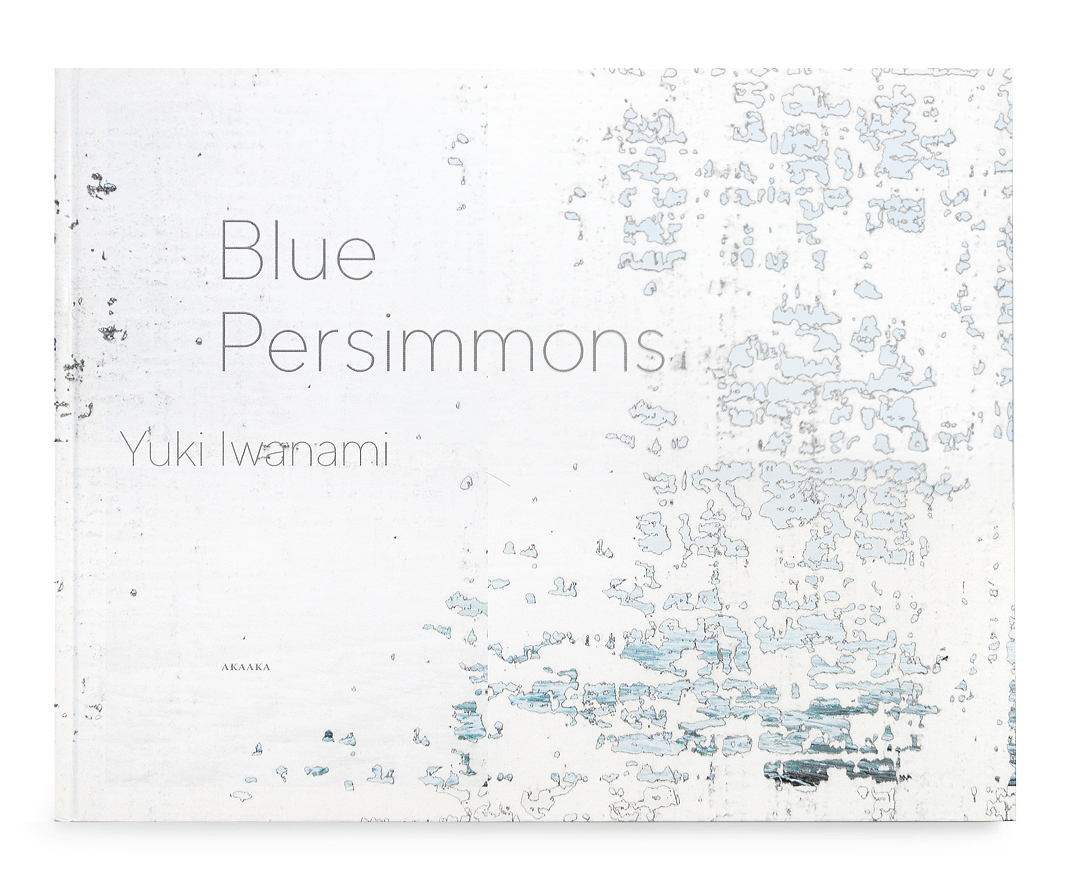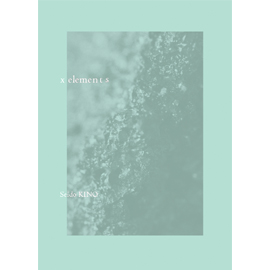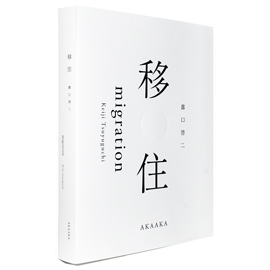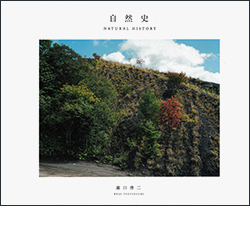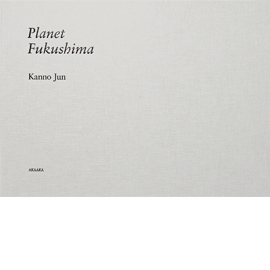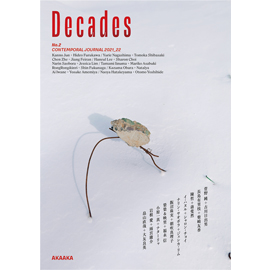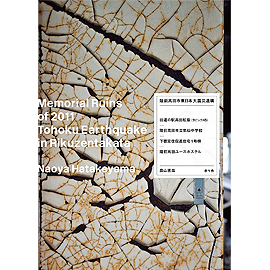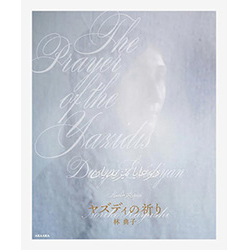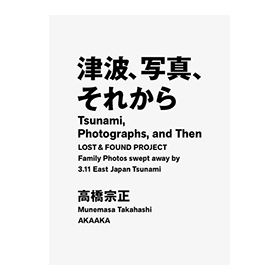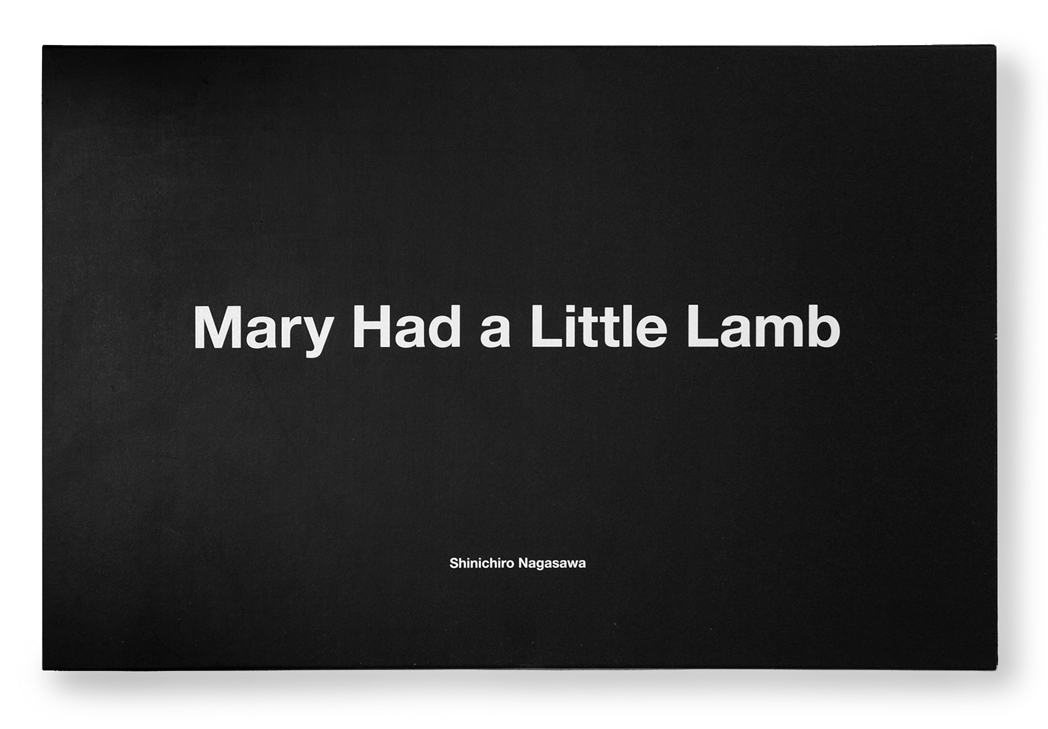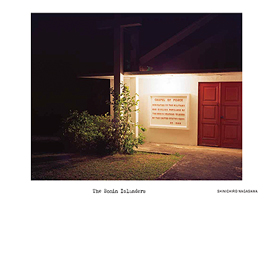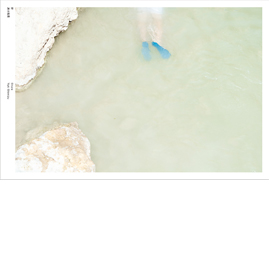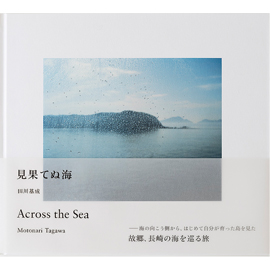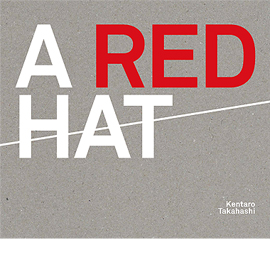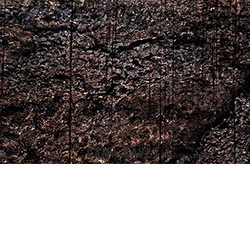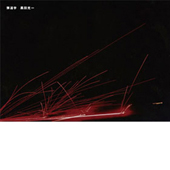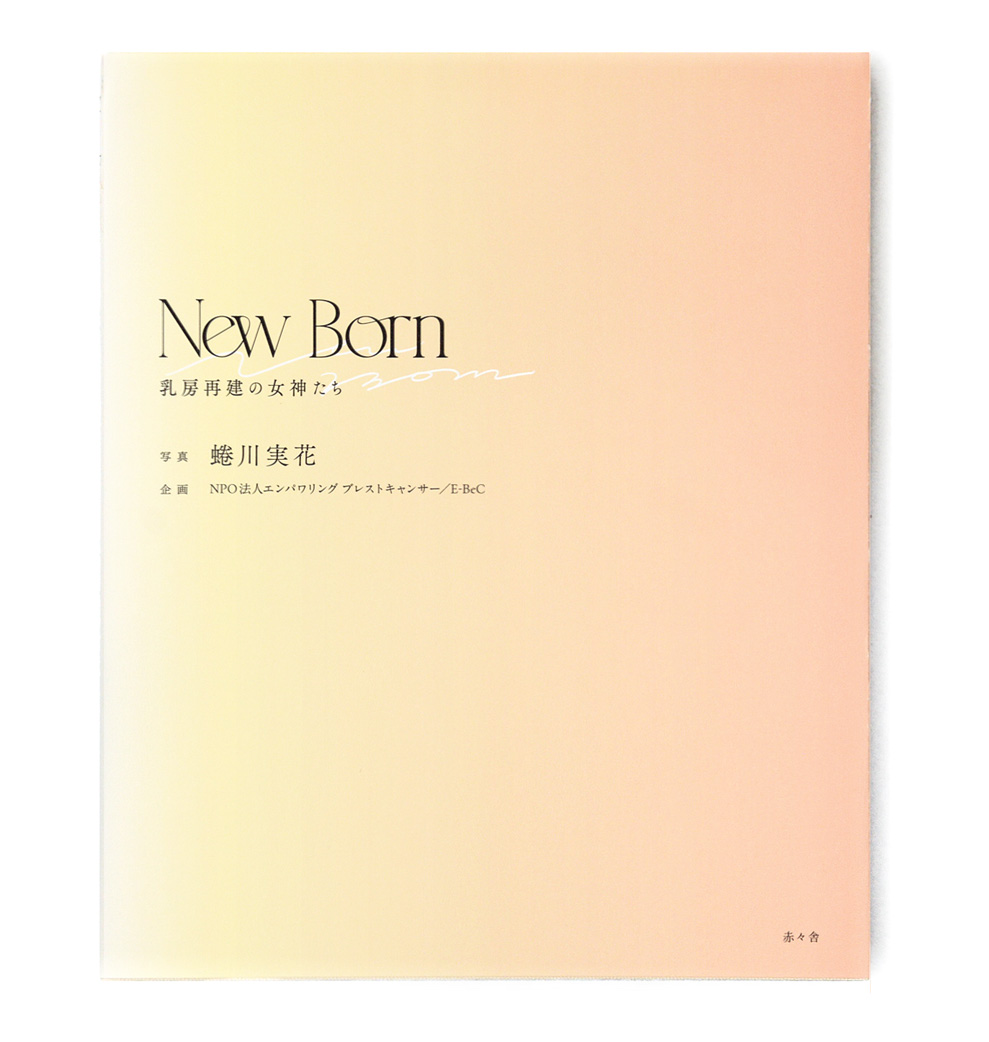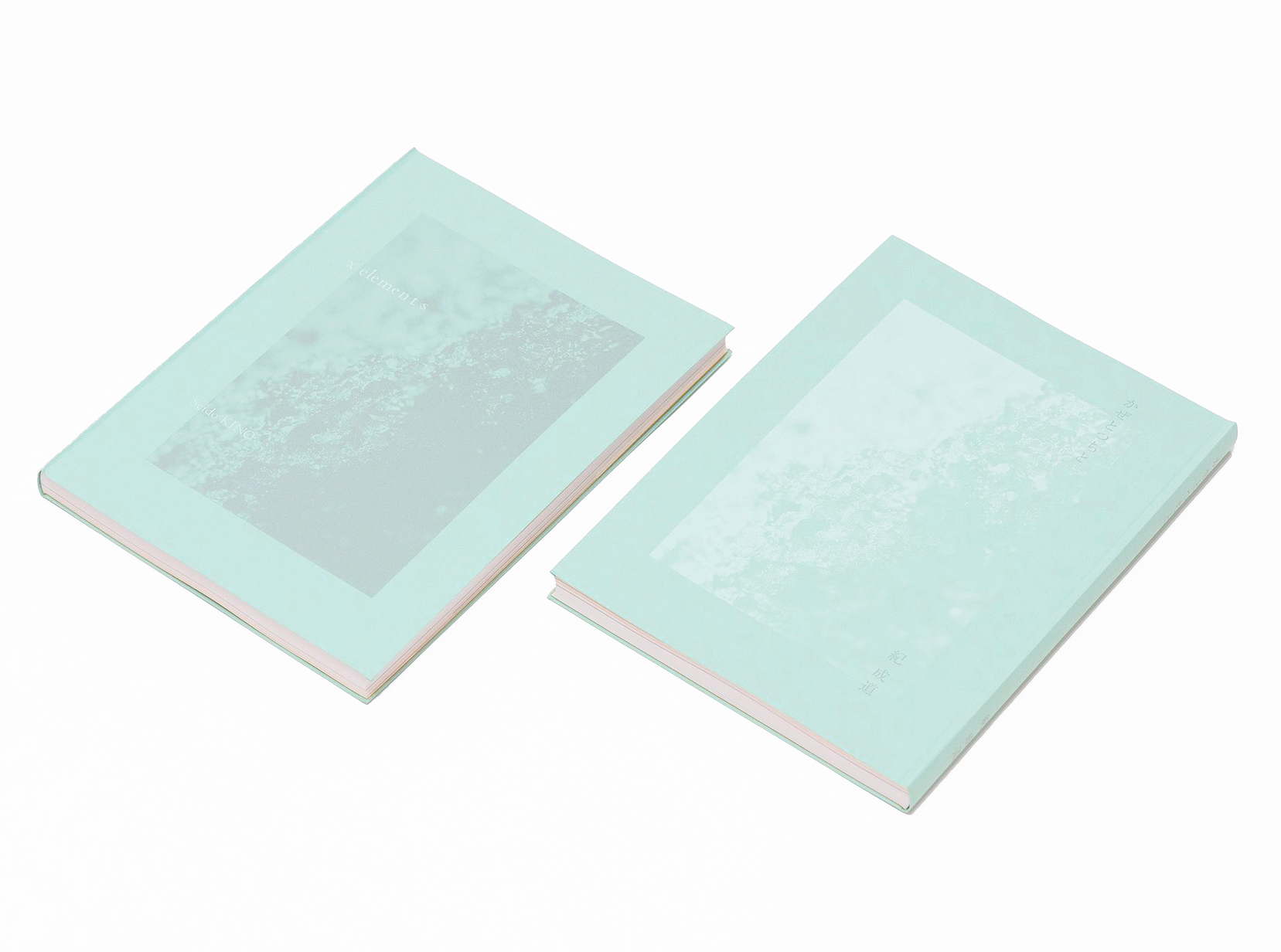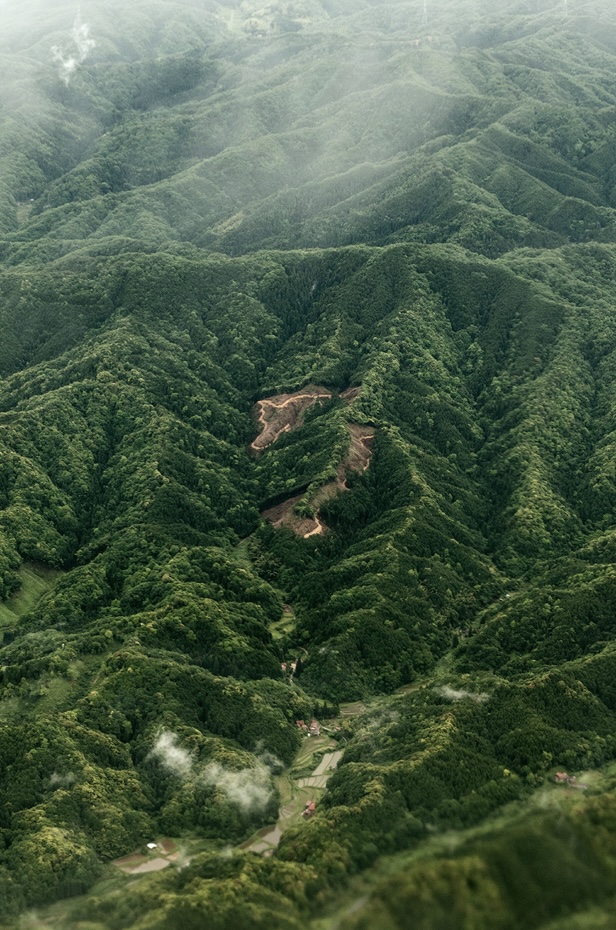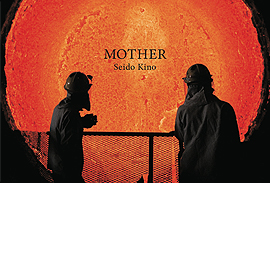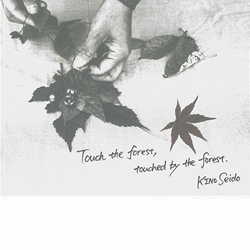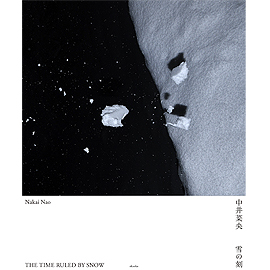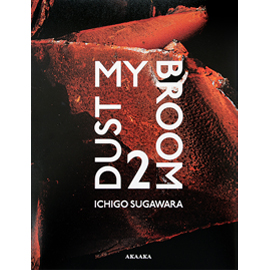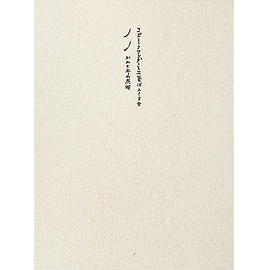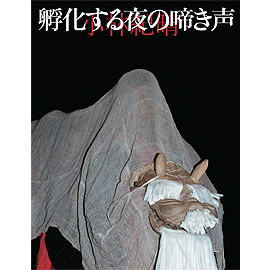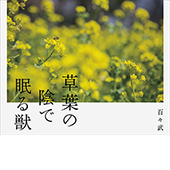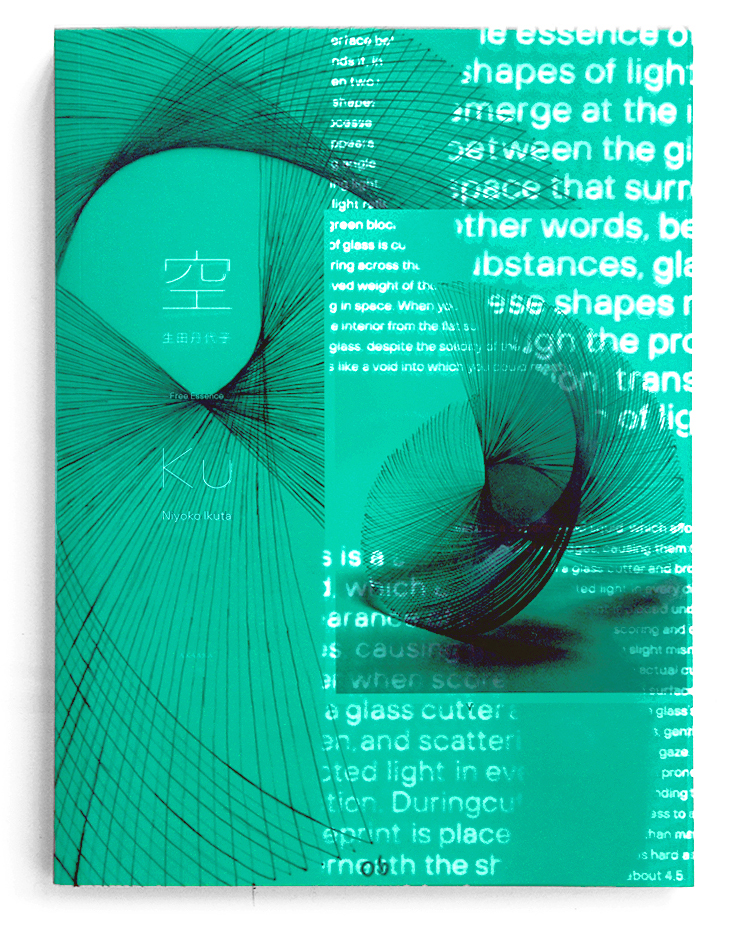
生田 丹代子『空 Ku - Free Essence-』
Book Design:大西正一
発行:赤々舎 Size:H257mm x W182mm Page:168 pages Binding:Softcover Published in November 2024 ISBN:978-4-86541-192-8 |
¥ 7,000+tax
国内送料無料! お支払い方法は、PayPal、PayPay、Paidy 銀行振込、郵便振替、クレジットカード支払いよりお選び頂けます。 |
|---|
About Book
重なり合う光の層が生み出すイメージ(像)を表現する
光の表象としてのガラス造形
Ku - Free Essence-
Niyoko Ikuta
"Ikuta Niyoko has made glass her chosen medium, and fully embraced its unique properties of transparency and substantiality, which allow light to pass through while still asserting the presence of the material. In recent years in particular, viewers of Ikuta's new works find themselves immersed in swirls of light produced by countless layers of this transparent substance, as if bathed in a glittering, luminous melody. The effect transcends mere visual perception, conveying a mystical worldview. Ikuta's glass works manifest a dreamlike realm that invites comparisons to visionary experiences.There is an uncanny sense of differentiation from the everyday, an effect that speaks to the age-old relationship between glass and humankind. This magical force casts a spell on the human spirit, making viewers feel as if they are part of an illusion, reveling in the luminous spectacle emitted by these transparent objects as if experiencing hallucinations. Put another way, Ikuta's glass works are imbued with a system that manifests miraculous phenomena, extending beyond her personal artistic vision into the universal.
"Art does not reproduce the visible but makes visible." This famous line opens Paul Klee's essay "Creative Credo." It encapsulates the ways in which artists, including Klee himself, use lines to visualize images in their minds and then "make visible" the images they conceive on physical surfaces. Meanwhile, sculptors might imagine 3D lines in space and then render them visible using pliable materials such as clay. In contrast, Ikuta Niyoko envisions not physical objects constructed from layered sheets of glass, her chosen material, but rather the light continuously transmitted through the highly transparent substance, creating images unlike those traditionally envisioned by painters and sculptors. The elements within her control are limited, and mastering the luminous images emanated by her objects has undoubtedly been an arduous journey. [...]
The primary structures of the works in this series are arcs and rings. Swirls of light emerging from the Ku works engender infinite variations as the viewer's perspective shifts, maintaining an ever-changing melody of light that captures the unique spirit of the artist. In Japanese Ku is written with the kanji character 空, which can also signify the sky or heavens, evoking an interface between the everyday spaces where people live and the scale of the cosmos, which is so vast, spanning billions of light-years, that it can only be grasped conceptually. Essentially, Ku implies a realm where this world and the transcendent intersect. It also connects to the fundamental Buddhist principle of "Form is emptiness, and emptiness is form," representing an infinitely malleable state in which "all things lack a permanent and unchanging essence." Ikuta's titling her work Ku suggests that she aims to open up a vast, void-like realm anchored in this fundamental concept, wherein her works spontaneously play luminous melodies. This is the state that Ikuta Niyoko's works have now reached."
Excerpts from the text "Making Luminous Melodies Visible: On the Works of Ikuta Niyoko"
by Nakai Yasuyuki(Art Critic Visiting Professor, Graduate School of Kyoto University of Arts)
------------------------------------------------
"A greater chance of development might be found in those free shapes which gain their tension from a certain contradiction between their outer appearance and their inner structure. For their shape seems to be the result of excising parts from a solid block and thus revealing its different layers--i.e. the method of a sculptor in the strictest sense of the word--though actually it is created by putting single elements together. Niyoko Ikuta's sculptures can be understood as models, as cartographical descriptions of ideal, perfect shapes which can only approximately be translated into reality. Her work combines sculpture and graphics and goes beyond the traditional boundaries of artistic genres.
Niyoko Ikuta is, in my opinion, one of the most important avant-garde glass artists in Japan today. Within a few years, she has succeeded in creating a unique, individual style, which uses glass in a way suitable to the spirit of our time. Her glass sculptures are statements about reality, conscious of the fact that such statements can only be preliminary."
Excerpts from the text "Some Remarks on the Work of Niyoko Ikuta"
Peter Schmitt(Badisches Landesmuseum Karlsruhe West Germany)
------------------------------------------------
"Fifteen more years now have passed. The Ku series has grown to over 170 works, and I am happy to say they have homes with collectors and museums worldwide. Each one holds a special place in my heart. [...]
The radiant Ku series is said to reflect various mental states. There is a world only visible with the eyes closed, and the works are a reflecting pool revealing this world.
Ikuta Niyoko is an artist I truly revere, and the life and spirit of this extraordinary artist are reflected in her glass creations."
Excerpts from the text "What Lies Withint"
by Aoyama Wahei
------------------------------------------------
"Ku (which variously translates to "space," "the sky," or "emptiness," and is the title of my series called Free Essence in English) has become the beacon of my existence.
With each moment and each work I complete, my sense of being alive intensifies. I feel it was my destiny, after four decades of producing a wide range of works, to arrive at Ku.
Now, I am dedicated to cherishing each moment and living the time remaining to me as fully as possible."
Excerpts from the text "Trajectory of the light"
by Niyoko Ikut
Artist Information
生田 丹代子
1953年、京都府京都市生まれ。ガラス造形作家。板ガラスの断面を積み重ねて空間に線を描いた作品や量感のある作品を制作。
1983年 アートスペース虹での初個展から、ワコール銀座アートスペース、天野画廊、番画廊などで個展を重ね、1985年チェコスロヴァキアのガラス会議に招待される。1987年 ローザンヌ装飾美術館で個展開催、海外での展示も多数。1996年国立国際美術館にて「近作展:20」が開催される。
神戸新聞社松方ホールや東京霊園などにモニュメントを設置する。主なパブリックコレクションに、横浜美術館、石川県能登島ガラス美術館、サントリー美術館、東京国立近代美術館、国立国際美術館、ローザンヌ装飾美術館、ヴィクトリア&アルバート美術館、メトロポリタン美術館など。
Niyoko Ikuta
Niyoko Ikuta (b. 1953) was born and raised on Kyoto. Glass Artist. Created the works drawing the line within the space by piling the section of flat glass or that with massiveness.
First solo exhibition at Art Space Niji (Kyoto) in 1983, followed by solo exhibitions at Wacoal Ginza Art Space (Tokyo), Amano Gallery (Osaka), Ban Gallery (Osaka) etc. In 1985, she was invited to Interglass Symposium, Novy Bor, Czechoslovakia. Solo exhibition at the Musée des Arts Décoratifs Lausanne (Switzerland) in 1987 and numerous overseas exhibitions. "Recent Works 20 exhibition, Niyoko Ikuta" was held at the National Museum of Art (Osaka), 1996.
She has installed monuments at the Kobe Shimbun Matsukata Hall (Hyogo) and Tokyo Memorial Park. Selected public collections include Yokohama Museum of Art, Notojima Glass Museum (Ishikawa), Suntory Museum (Tokyo), The National Museum of Modern Art (Tokyo), The National Museum of Art (Osaka), The Musée des Arts Décoratifs Lausanne (Switzerland), Victoria and Albert Museum (London) and The Metropolitan Museum of Art (New York) etc.
Related Items
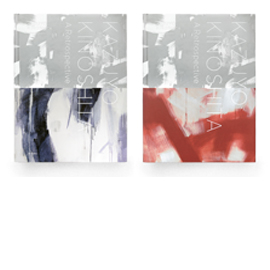
|
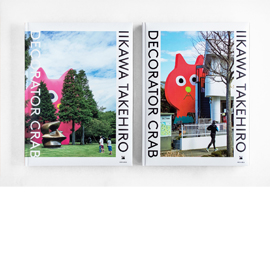
|
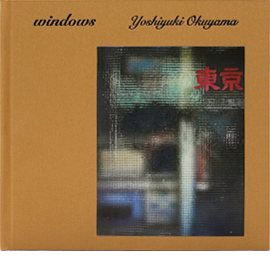
|
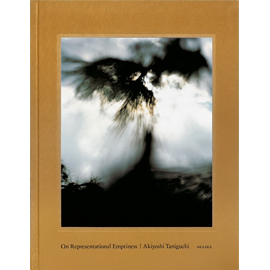
|
|---|
|
福本潮子
『藍の青』 <Out of Stock> 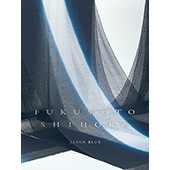
|
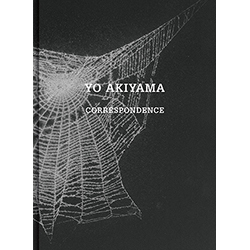
|
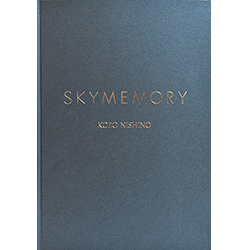
|
名和晃平
『シンセシス』 <Out of Stock> 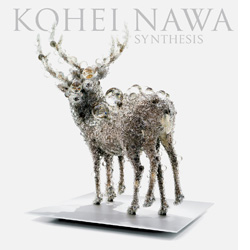
|
|---|

